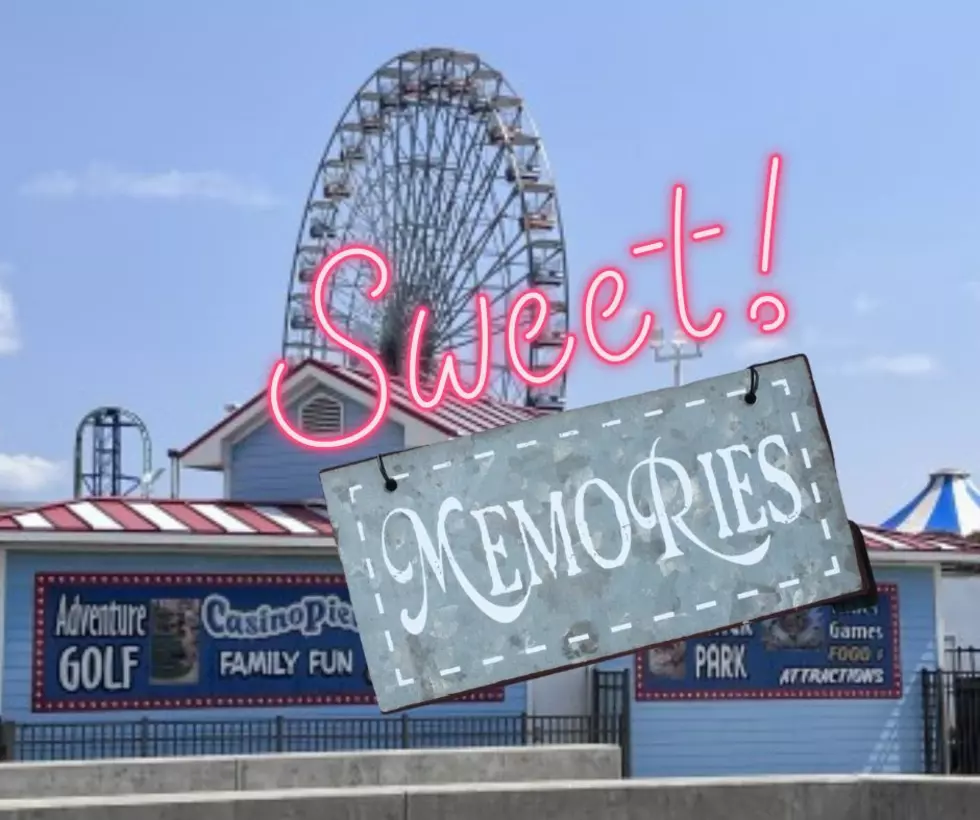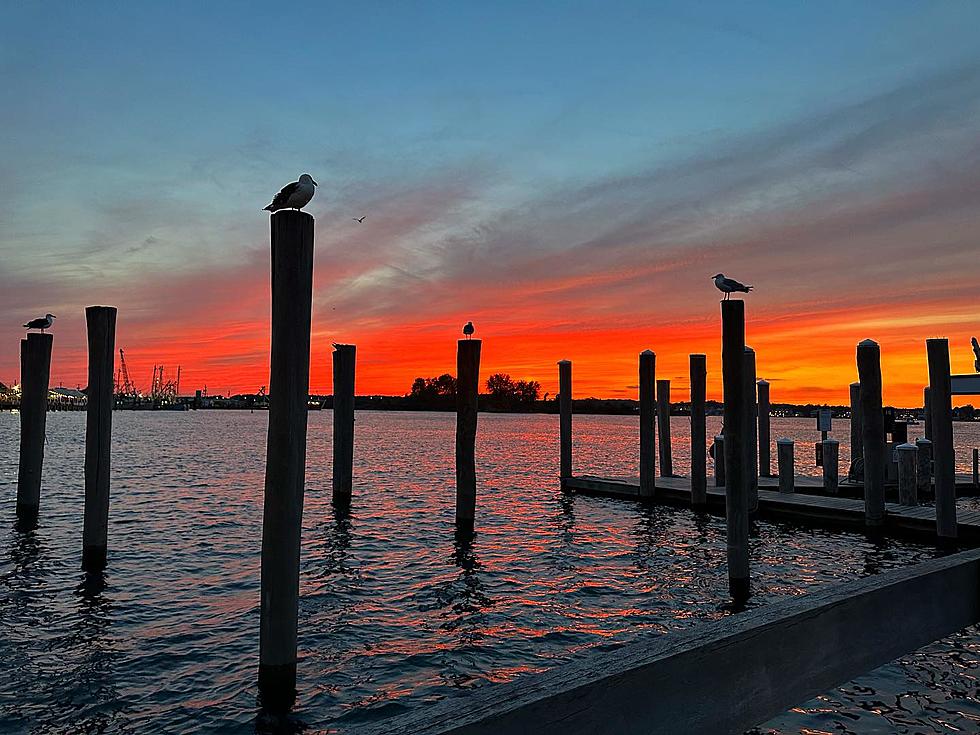
Seaside Park Lifeguards Hailed Heroes for Saving a Heart Attack Victim
It was exactly one week ago today, July 22, when Seaside Park Beach Patrol Captain Mike Veracierta recalled commenting with his lifeguards about how calm and beautiful the conditions were and joking that it was going to be an "AED day." Later that afternoon, his prediction came true and Veracierta ended up using an Automated External Defribillator for the first time in his 30 years as a lifeguard.
A lifeguard working on the Lafayette Avenue beach spotted a woman sitting in a chair who looked like she may have been suffering from heat exhaustion and notified headquarters, according to Veracierta.
When Veracierta arrived on the scene two lifeguards, Sgt. Joe Schafer and Mateuz Warchel, had already started performing CPR, or Cardiopulmonary resuscitation. After about three cycles of compressions and breaths, Veracierta said he applied the AED pads to the woman, which deliver shock and read inside the body for a pulse or heart beat.
"The AED read it and pretty much advised a shock," said Veracierta. "It was pretty crazy at that point. It was nutty. It was a full-fledged heart attack. She was blue, basically stopped breathing, her heart had stopped," he said.
They delivered about five shocks and between the three of them, they did about 25 cycles of CPR, or 30 compressions to two breaths and just kept going until an ambulance arrived, according to Veracierta.
"After the first shock, she looked really good. She was kind of responsive, and she was looking at us and kind of answering my questions by nodding her head, and then she went very bad again," said Veracierta, prompting them to continue breathing for her and keeping her heart rate going.
The lifeguards helped the Emergency Medical Technicians (EMTs) carry the woman off the beach.
"Sgt. Joe Schafer went in the rig as well and he continued CPR with the EMTs because there was only two of them and they needed a third hand," said Veracierta.
Veracierta explained that CPR can lead to other medical complications, such as stroke or even brain damage, but said he was relieved after learning the following day from one of the EMTs that the woman was on her way to making a full recovery due to the actions of the lifeguards. Ironically, the woman's mother was on the beach the day after her daughter's heart attack, and also approached the beach patrol crying from joy and thanking them for saving her daughter.
"It was really a great experience for our guys. I was just very happy they got the good side of it, because usually it doesn't turn out that way," Veracierta said.
Veracierta also credited a nurse practitioner who happened to be on the beach that day with providing his lifeguards with tremendous encouragement as they worked on the woman.
During his 30 years as a lifeguard, Veracierta recalled only having to perform a rescue breathing technique two times during the 1990's, on an infant and a 16-year-old, and both had happy endings as well.
"It's instinct. I hate to say it. I hate to sound corny. It's what your trained to do," said Veracierta.
The lifeguards had an emotional reunion with the woman and her 16-year-old daughter during a hospital visit, and Veracierta said they presented her with a lifeguard shirt.
More From 92.7 WOBM









